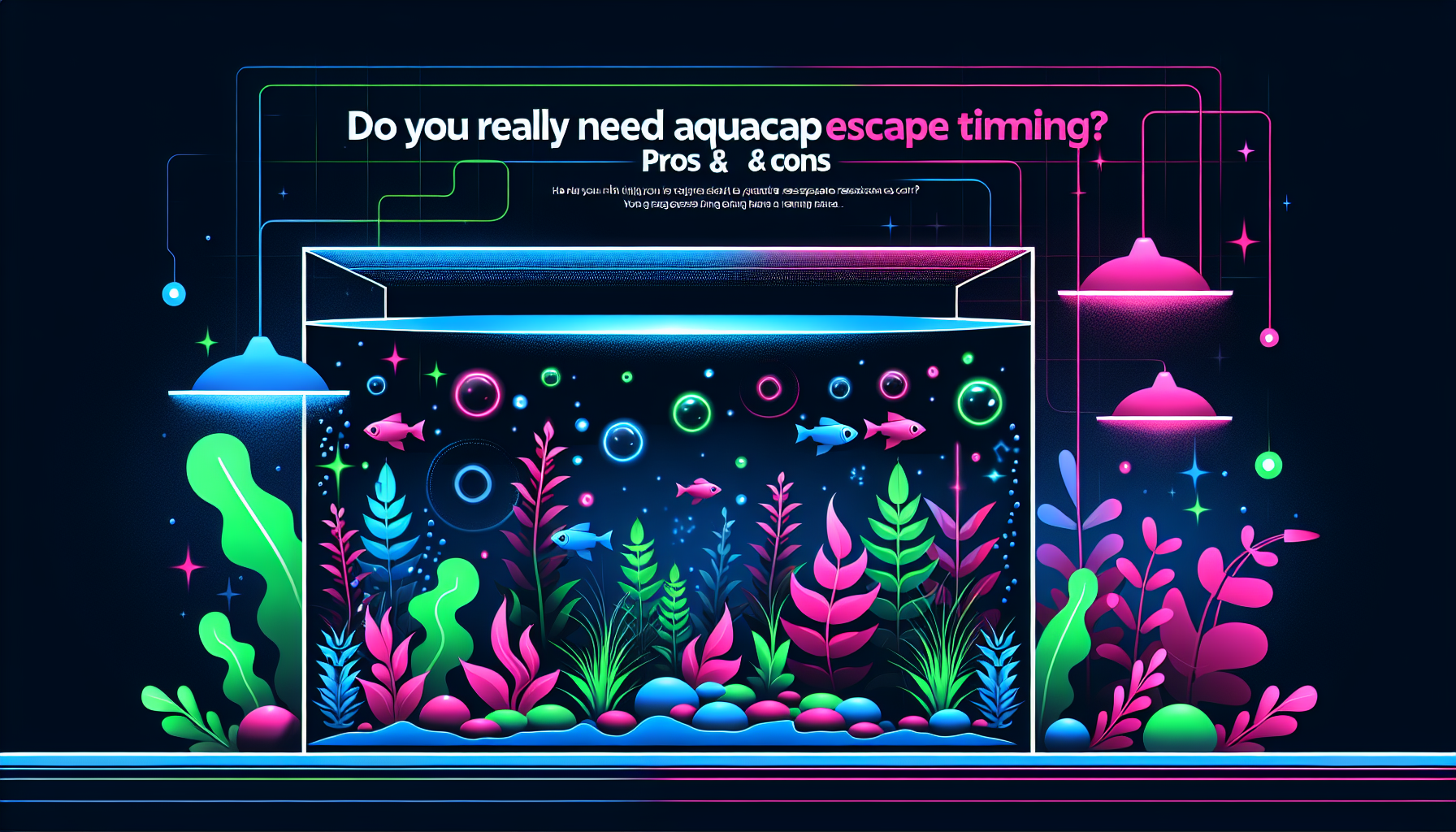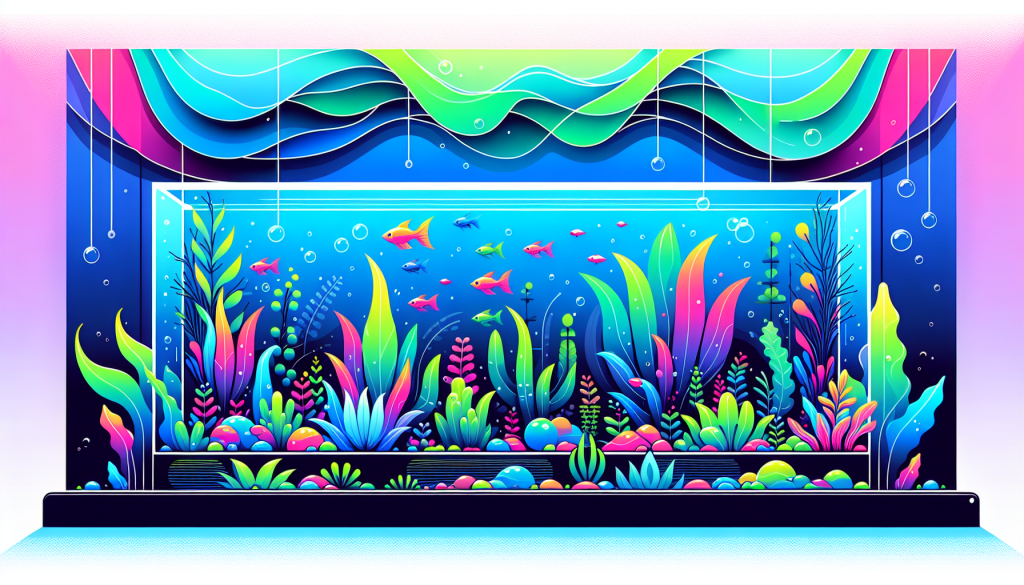Do You Really Need Aquascape Rescape Timing? Pros & Cons
When it comes to aquascaping, visual creativity often steals the limelight. But behind every lush, thriving aquarium is a factor that seldom gets the attention it deserves: rescape timing. Determining the best moment to reshape or redecorate your planted tank isn’t just about aesthetics—it affects plant health, livestock happiness, and long-term aquascape stability. But do you really need to worry about timing your aquascape rescape?
This guide explores the pros and cons of aquascape rescape timing, helping you make informed decisions for maintaining a beautiful and healthy aquarium. Whether you’re a newcomer or a seasoned aquascaper, read on to discover if—and when—rescaping is right for you.
What Is Aquascape Rescape Timing?
Aquascape rescape timing refers to choosing the optimal moment to undertake a significant rearrangement or redesign of your aquarium’s layout. This might involve:
- Replanting or trimming aquatic plants
- Moving or replacing hardscape materials (rocks, driftwood, etc.)
- Changing substrate
- Introducing new elements for improved low-maintenance aquascapes
Proper timing ensures minimal disruption to your tank’s ecosystem and maximizes your aquascape’s health and appearance.
Pros of Timing Your Aquascape Rescapes
1. Promotes Healthy Growth Cycles
Strategically planned rescaping aligns with plant growth and fish behavior cycles. This minimizes plant melt, allows for even lighting penetration, and reduces stress for livestock. For planted tanks featuring species like Hemianthus callitrichoides (dwarf baby tears), precise timing can mean the difference between carpeting success and frustrating dieback.
2. Reduces Algae Outbreaks
Rescaping at the right moment—when plants are healthy and growing robustly—can outcompete algae for nutrients. Disrupting the aquascape too frequently or at the wrong time disturbs balance and can trigger algae blooms.
3. Minimizes Stress on Livestock
Fish and invertebrates thrive in stable environments. Timed rescapes, especially after a fully-cycled tank, ensure that water parameters remain stable and inhabitants experience less stress during transitions.
4. Supports Long-Term Aquascape Stability
Planned rescapes allow you to gradually introduce changes, lowering the risk of sudden ammonia spikes and shock.
Cons of Overthinking Rescape Timing
1. Potential Hesitancy and Missed Opportunities
Constantly worrying about timing may cause you to postpone necessary improvements or neglect problems like overgrown plants, dying vegetation, or hardscape collapse.
2. Increased Maintenance Complexity
Tracking multiple cycles—fish breeding, plant trimming, tank stabilizing—can be overwhelming for beginners. Sometimes, practical needs should outweigh rigid timing schedules.
3. Temporary Setbacks Are Sometimes Unavoidable
No matter how carefully you plan, all rescapes carry some risk—disrupted substrate might spike ammonia, and uprooted plants might struggle before recovering. Patience and flexibility are just as valuable as timing.
When Should You Rescape Your Aquascape?
There isn’t a universal answer, but here are some guiding principles:
- After aquarium stabilization: Wait until your tank is well-cycled and parameters are steady.
- When plants are established: Rescape after plants have rooted, usually 2–3 months after planting.
- If fish are holding eggs or fry: Wait for fry to grow before disturbing the habitat.
- During regular maintenance sessions: Combine trimming, cleaning, and minor layout changes to minimize disturbances.
- When addressing specific problems: Overgrown, melting, or diseased plants may require immediate action.
Pro Tip: Keep a simple aquascaping journal to track changes, plant development, and maintenance routines. This can help you spot natural cycles and find your ideal rescape timing.
Best Practices for Aquascape Rescaping
- Plan Ahead: Sketch your new layout and prepare all tools in advance.
- Partial Water Changes: Always perform a water change after major rescapes to remove debris and excess nutrients.
- Watch Water Parameters: Test ammonia, nitrite, and nitrate levels before and after to ensure safety for your fish and plants.
- Acclimate Livestock: If possible, temporarily move sensitive species to a holding tank during extensive changes.
- Gradual Changes: For large tanks or delicate ecologies, consider gradual rescapes over several sessions.
Conclusion: Is Aquascape Rescape Timing Really Necessary?
While you don’t need to obsess over a perfect calendar, mindful aquascape rescape timing offers considerable benefits, including better plant health, reduced algae, and happier fish. On the other hand, overthinking it can lead to unnecessary complexity or missed chances for improvement.
The most successful aquascapes balance thoughtful planning with practical flexibility—so trust your observation skills, maintain your tank regularly, and don’t be afraid to make changes when necessary.
Learn More and Share Your Experience
Ready to level up your aquascaping skills? Explore more on our Aquascaping Academy blog for in-depth guides like how to avoid common beginner mistakes or how to trim aquarium plants for vibrant growth.
What’s your experience with rescape timing? Share your stories and tips in the comments below!



